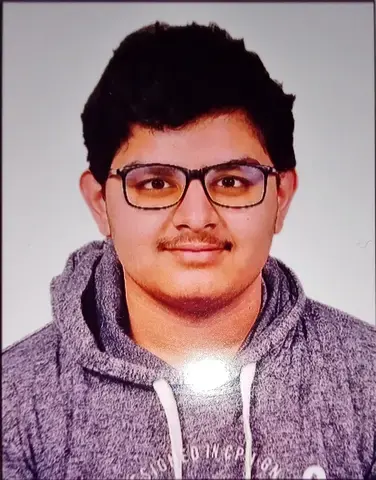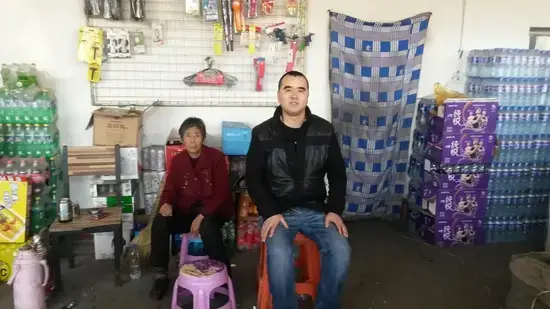This letter features reporting from "China's Surprising Solutions to Clear Killer Air" by Beth Gardiner
Dear Arvind Kejriwal,
The condition of air pollution in the city of Delhi is well known, and multiple examples of such levels of air quality degradation can be seen across the world. The Pulitzer Center article “China’s Surprising Solutions to Clear Killer Air”, for instance, talks about the condition of air pollution in the city of Tangshan in China. Our neighboring country faces the crisis of air pollution to such a degree that 1.1 million people die there every year because of it. Tangshan, in fact, was ranked as the 6th most polluted city in the country. Coal smoke from the region's factories and power plants have created a thick gray smog that permanently hangs over the city.
The parallels between Tangshan and Delhi are striking. Every winter, the people of Delhi witness the devastating effects of air pollution. We find ourselves enveloped in smog, struggling to breathe, just like the people of Tangshan did before the government took decisive action. The months of winter bring a rise in not only the Air Quality Index but also in futile and distractive political debates. We stand at a pivotal moment with the opportunity to heed the lessons of the past and move ahead on a journey towards a healthier future, and it is our decision to choose the steps we take.
In Tangshan, to combat air pollution, the government took some major steps. One of these was to reduce the production of coal-based electricity by closing 103 coal-fired power plants. In Delhi, since the cause of air pollution has agricultural origins in the form of stubble burning rather than industrial origins, this step can be adjusted to reduce the unnecessary burning of leftover crops. We can do this by providing farmers with financial incentives and subsidies to encourage them to shift away from stubble burning and by encouraging crop diversification, which will require less residue management.
In China, pollution is a problem that brings about robust public conversations. On the contrary, in Delhi, we see government officials trying to hide the challenges so that they are not blamed publicly. It is essential that the government recognizes its faults and encourages citizens to criticize current measures as well as work to develop new ones. China did this by building PM2.5 tracker networks, allowing citizens to see whether a particular facility is breaching emissions limits, and reporting violators to local enforcement agencies. There are also, of course, the steps that need to be taken at individual levels, for which the government must ensure broad awareness among people.
In a famous speech, the social entrepreneur Mr. Sharad Vivek Sagar said that he hopes that in the next 10 years, 20 years, 30 years, or even within a century, we can see an India that breathes differently. By creating high standards for ourselves, we will be able to achieve this hope and transform Delhi into a beacon of clean living, where every breath rejuvenates rather than diminishes. The time to act is now, for our health, our future, and the very essence of our city.
Sincerely,
Pragyaan Gaur

Pragyaan Gaur is a 12th grade student studying at the School of Specialised Excellence in Delhi, India. He is a candidate in the Dexterity School of Leadership and Entrepreneurship, which is India's first leadership development program for teenagers. His passion lies in the fields of physics and mathematics, and he wishes to pursue these in the future. In his free time, Pragyaan likes to read books and play the piano.
Read more winning entries from the 2023 Local Letters for Global Change contest!
